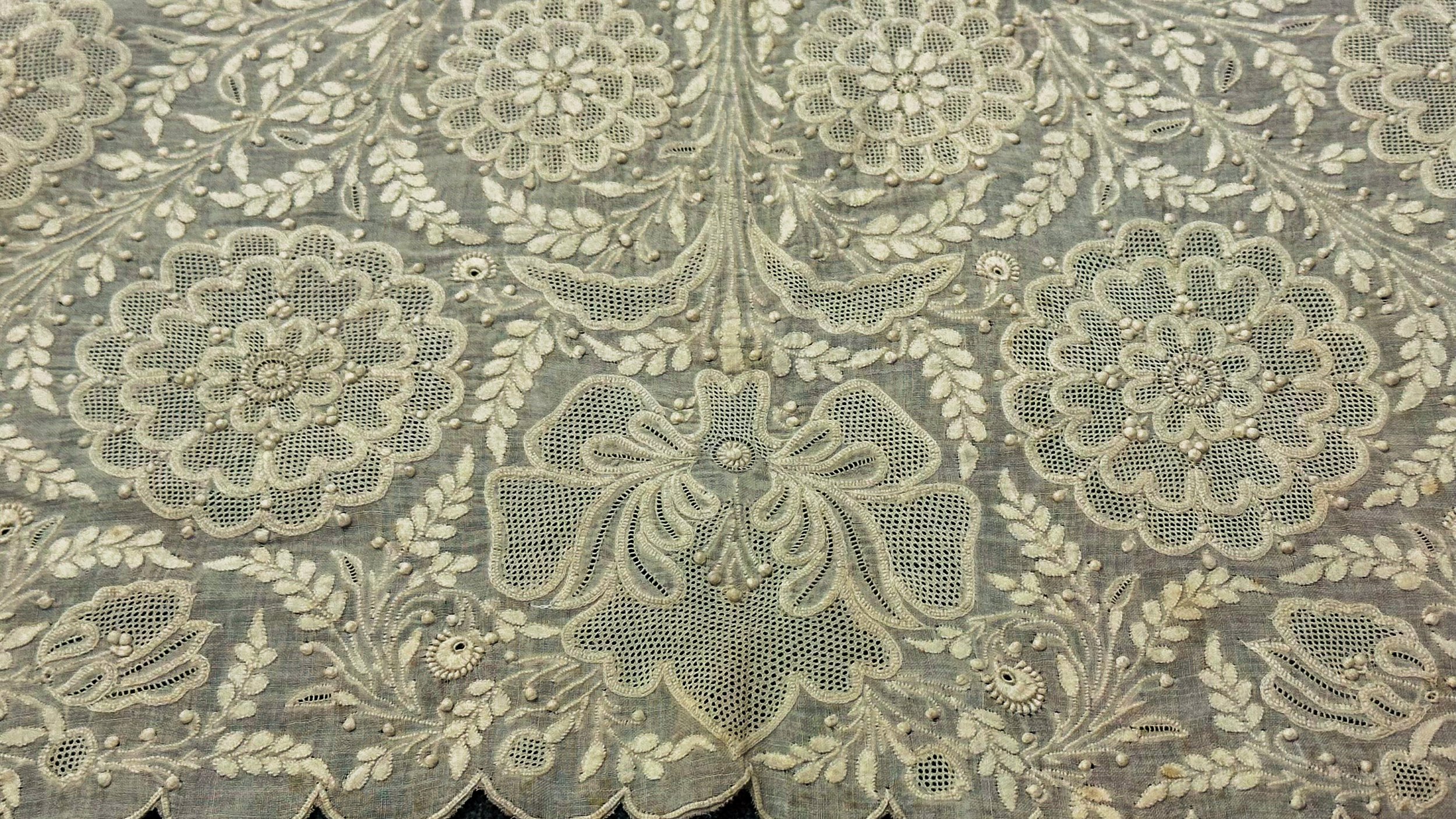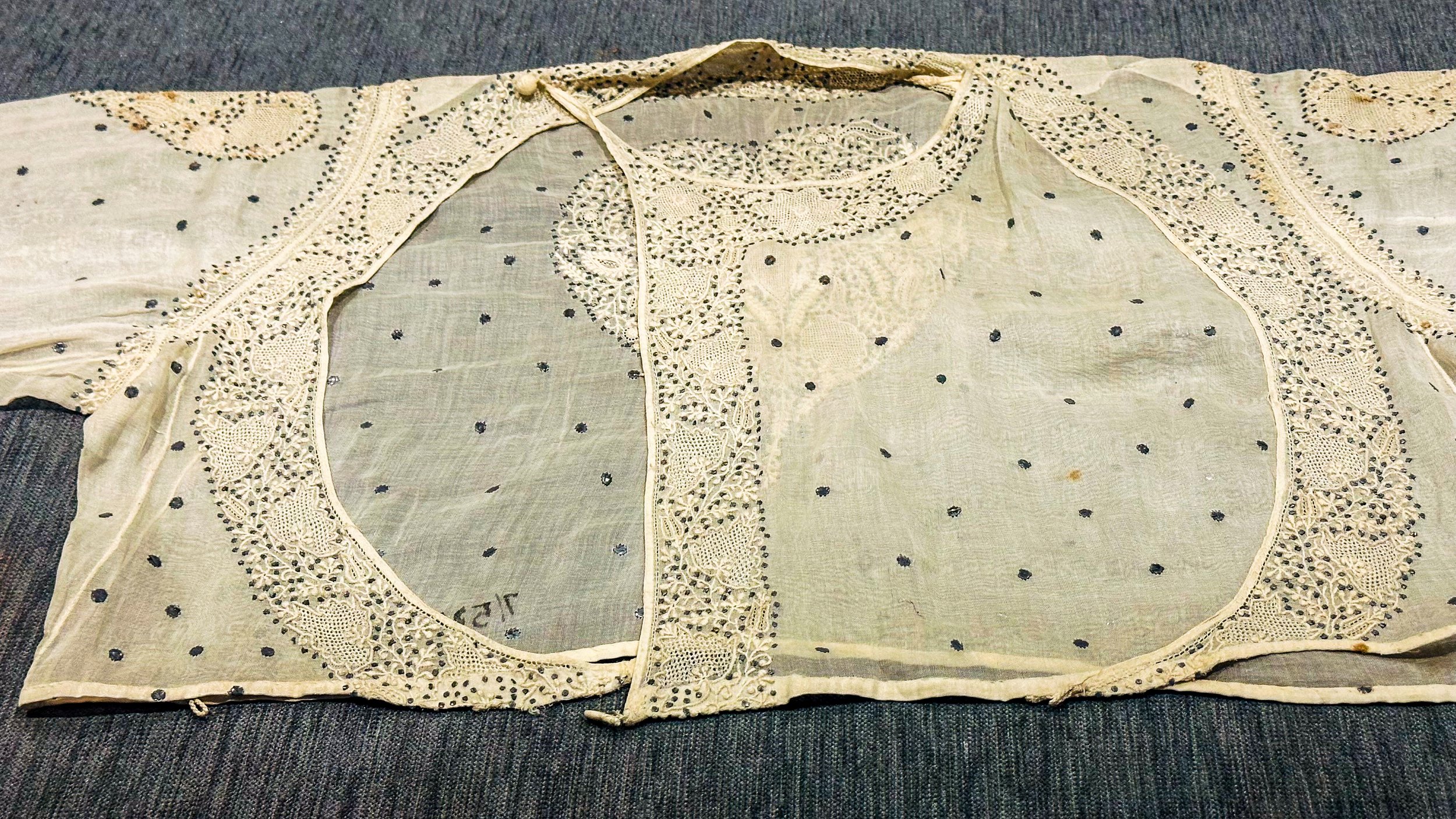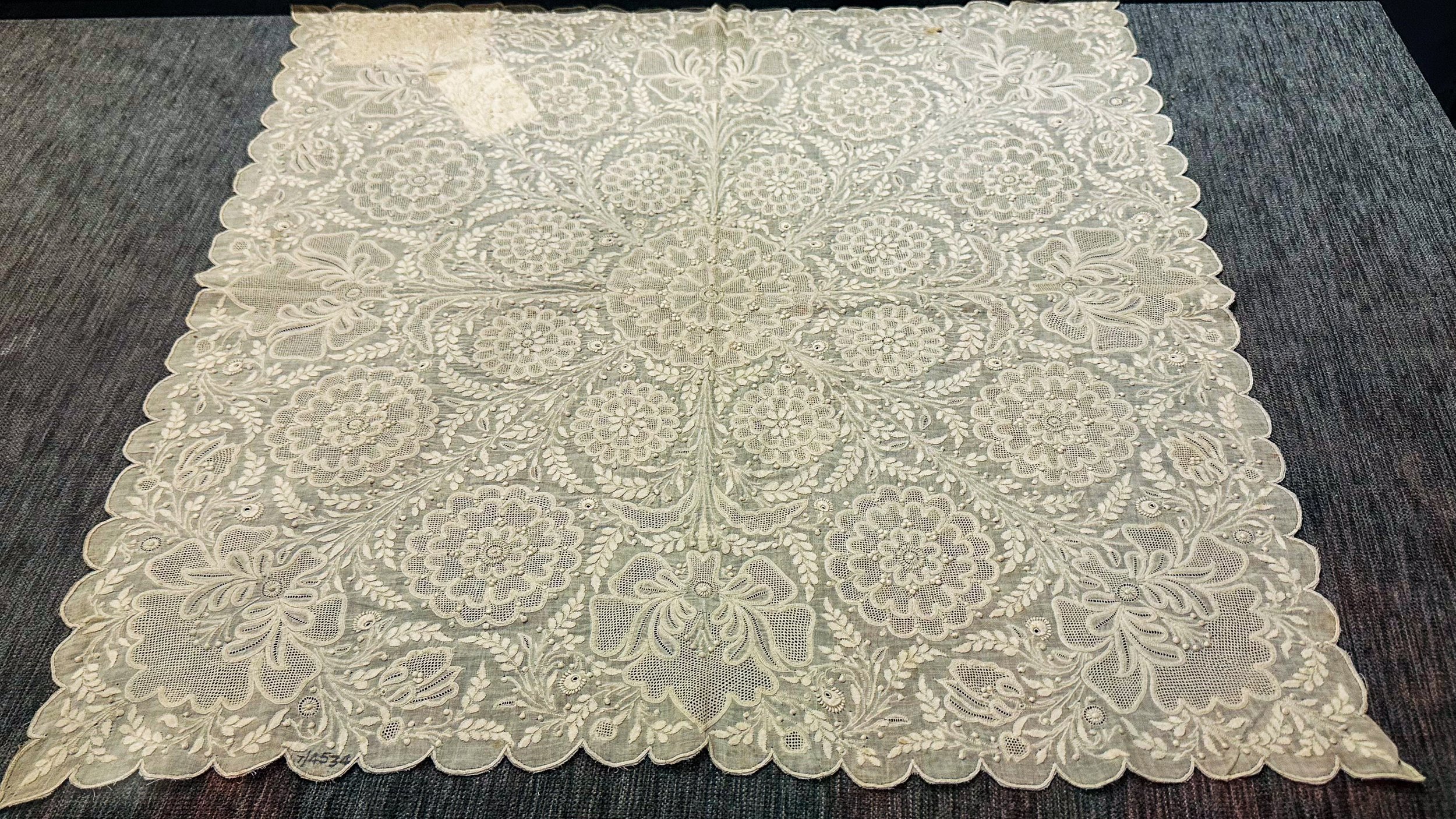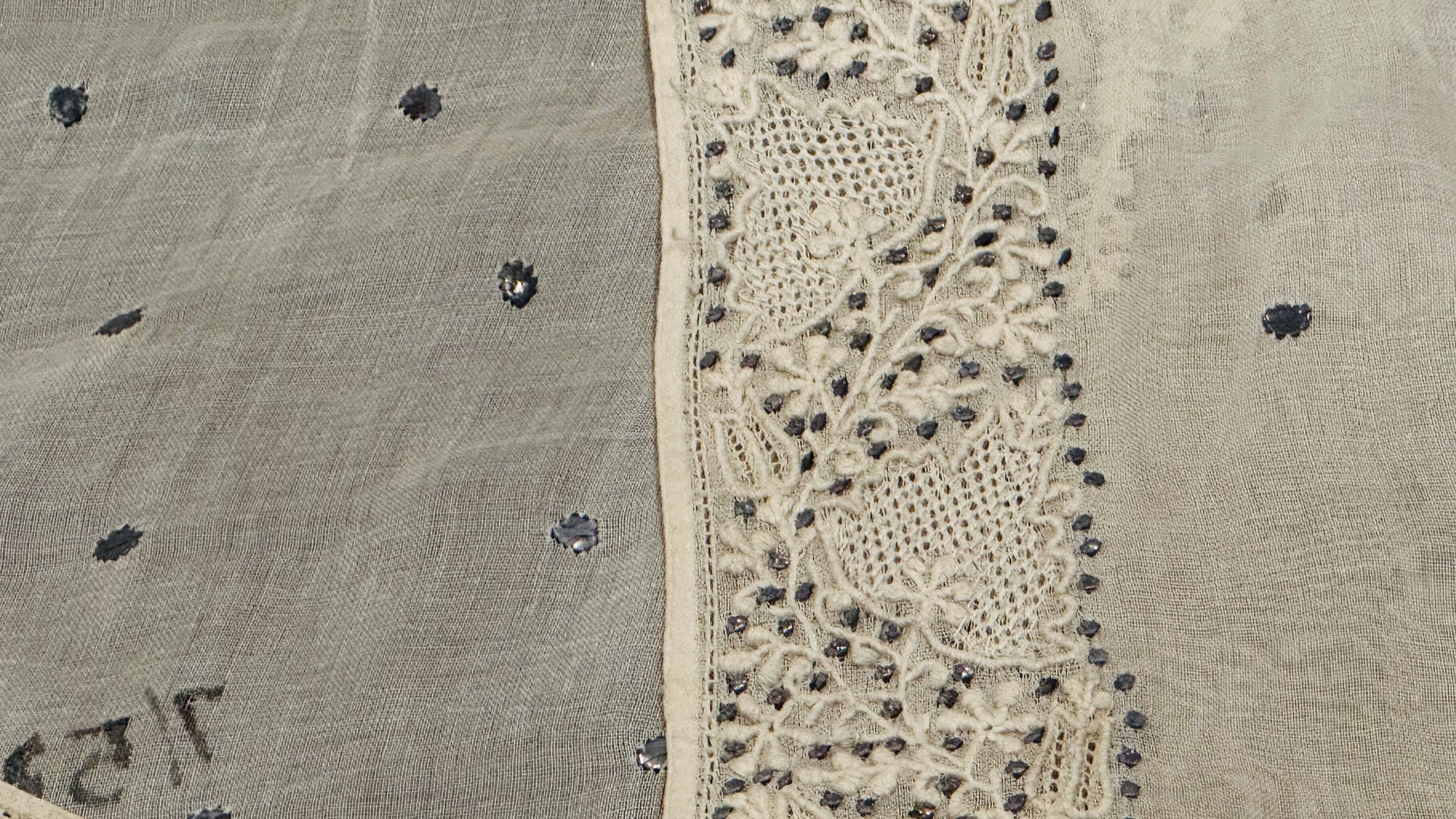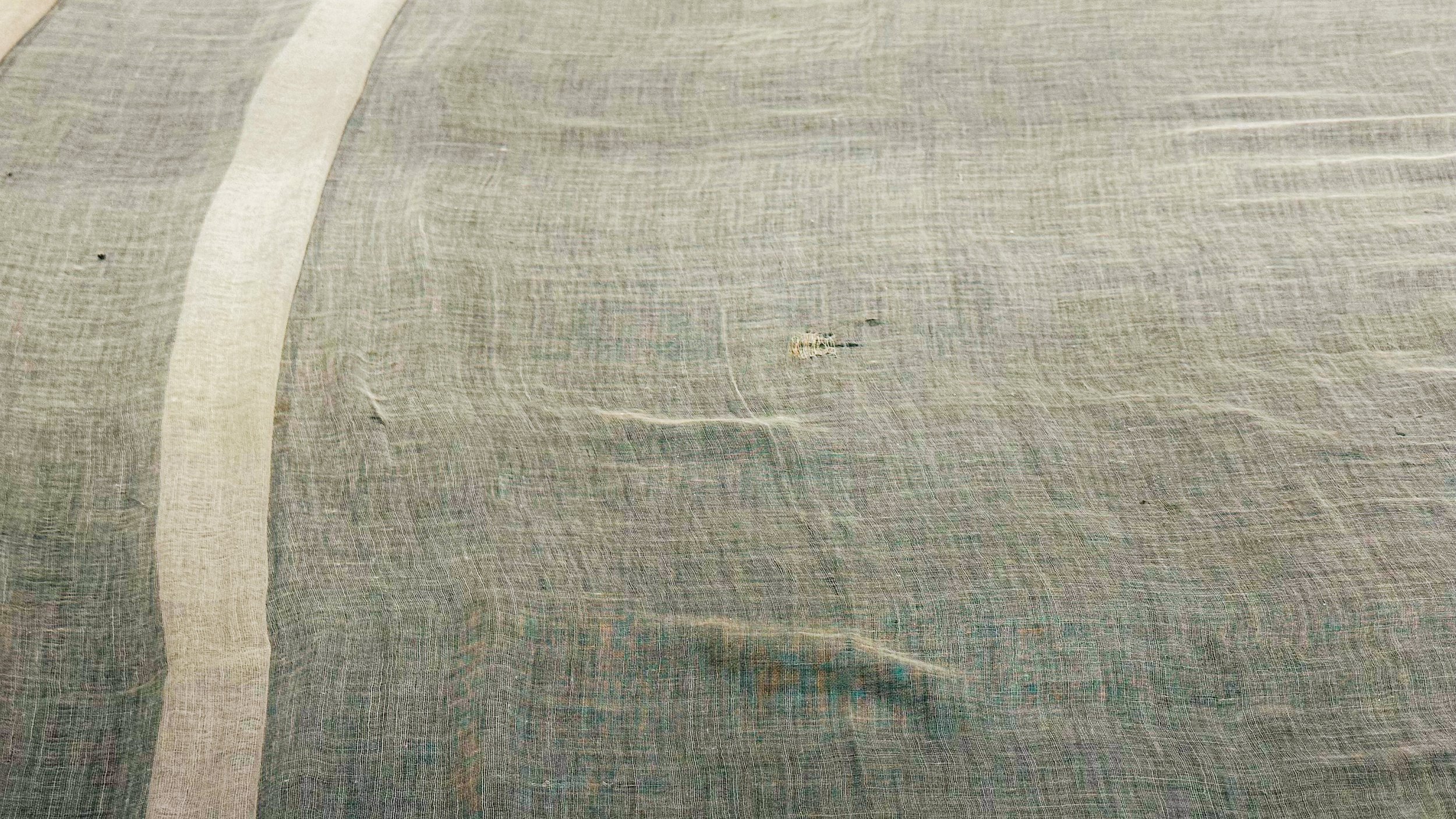"Muslin" is often called "woven air" due to its light and airy texture.
I work a lot with Muslin, so this exhibition at the Indian Craft Museum was fascinating to me.
Muslin is a fabric that embodies delicate beauty and ethereal qualities. It has been treasured and worn by people all over the world since ancient times. This feather-light fabric is as light as air and was even described as "woven air" by Roman author Petronius in the 1st century CE. Its rich historical significance is rooted in its extensive use by many cultures, from the Indus Valley Civilization to the pharaohs of ancient Egypt.
The Mughal emperors of India recognized the magical qualities of muslin and used it to create magnificent turbans, which were embroidered with gold and silver yarn. Although some historians believe that muslin originated in the Iraqi city of Mosul, where Europeans first encountered it, its true origins are traced back to India. The cotton fabric was first produced in Dhaka, and later in Andhra Pradesh, Jagatsingpur, and Odisha.
The mudmul of Bengal is one of the most renowned types of muslin, made from the cotton plant called Phuti Karpus that grows abundantly in the region. Local weavers use this cotton to create muslin with a thread count of over one thousand, making it incredibly fine and luxurious. Some of these varieties are especially fine and costly, making them highly sought after.
In conclusion, muslin is a fabric that has a rich and diverse history. It has been used for centuries by people all over the world and is still revered for its delicate beauty and luxurious qualities. Its intricate weaves, luxurious texture, and soft feel make it an ideal fabric for clothing, curtains, and other decorative purposes.
This is an interesting paper on how Muslin is made and the history.
https://www.bbc.com/future/article/20210316-the-legendary-fabric-that-no-one-knows-how-to-make



